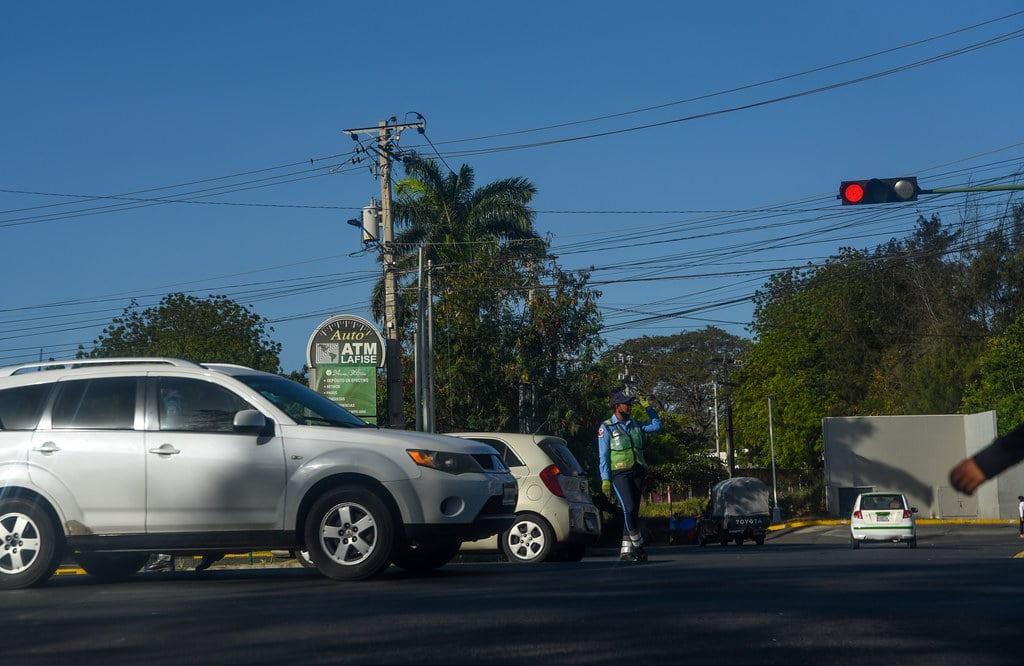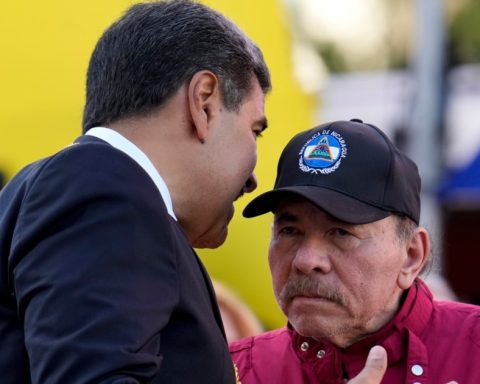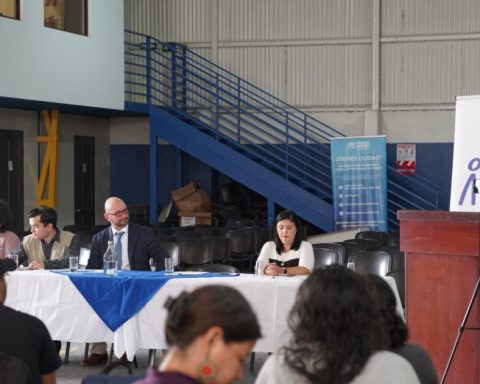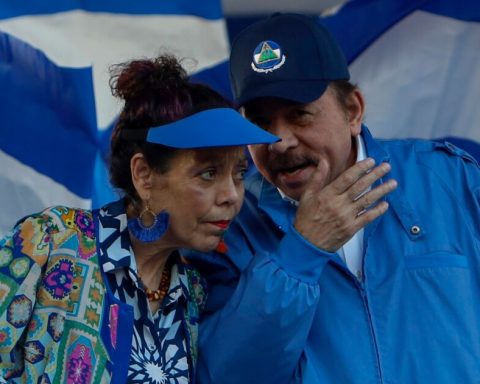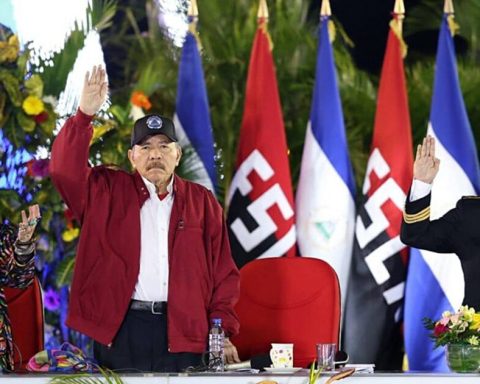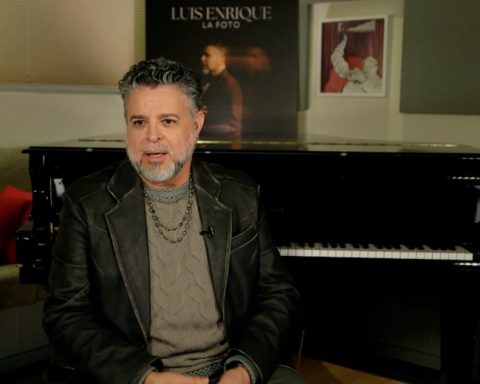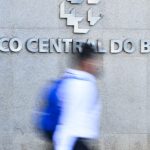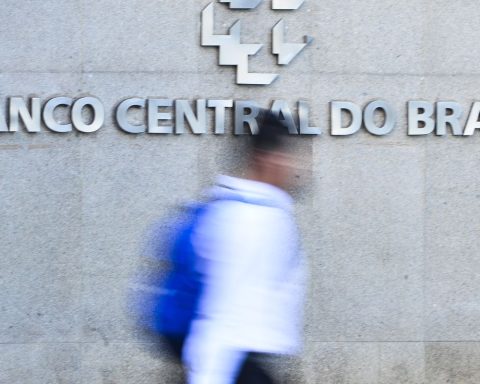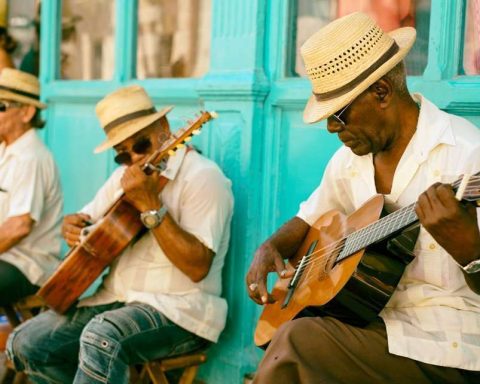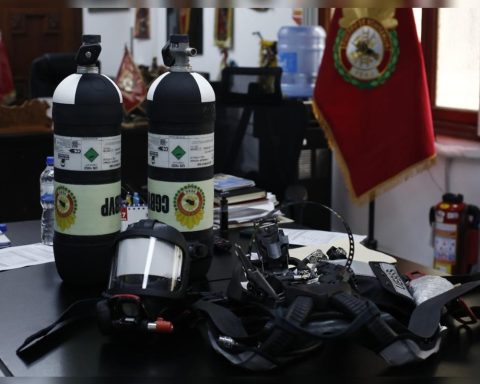The Municipal Council of the Managua Mayor’s Office, controlled by the Ortega regime and its political allies from the Conservative Party and the Liberal Constitutionalist Party, suddenly approved eliminating the Directorate of the Traffic Control Center.
The initiative, approved this Friday, April 22, was not even on the agenda of the Municipal Council. The Directorate of the Traffic Control Center was attached to the General Secretariat of the Mayor’s Office of Managua, which directs Fidel Morenogeneral secretary of the Mayor’s Office of Managua and political secretary of the Sandinista Front in the capital.
The Directorate of the Traffic Control Center was the unit in charge of monitoring vehicular flow through the surveillance and security cameras installed in the so-called “intelligent traffic lights” whose installation by the Managua Mayor’s Office began in 2015.
Seven years after the smart traffic lights were placed at 52 intersections In the capital, the elimination of the Directorate of the Traffic Control Center means for Sellin Figueroa, a councilor for the Ciudadanos por la Libertad (CxL) party, the end of the project as such.
They remained operating as ordinary traffic lights
“This is the end for the smart traffic lights project. When this dependency disappears, because the traffic lights as such no longer fulfill an intelligent function and remain as normal traffic lights”, Figueroa opined.
This monitoring control, according to the initial plans, would supposedly allow the City Hall of Managua to regulate the changes of lights at the traffic lights, according to the behavior of the vehicular flow, mainly during the so-called “peak hours”.
However, the center did not fulfill this function and the Mayor’s Office of Managua did not allow the public opening or inspection of this monitoring center to verify its supposed operation as established in the project. Vehicle traffic in the capital is eventually regulated by agents of the National Police during peak traffic hours.
The councilman denounced that the decision to disappear the monitoring center was taken in violation of the procedures established in the regulations of Law 40 of Municipalities, because the vote and its results were not included in the minutes of what happened in the session, in an attempt from his point of view to try to make the fact invisible.
The minutes as such only reflect that the “General Manual of Organization and Function of the Mayor’s Office of Managua of mandatory compliance” was approved in the Municipal Council, without detailing the changes in the manual.
The Directorate of the Traffic Control Center had already been de facto disappeared since last year, according to the current 2020 and 2021 organization charts that were accessed. In 2020, the General Secretariat of the Managua Mayor’s Office was assigned the Civil Registry Office and the Traffic Control Center Office. However, in the 2021 organization chart, it had already disappeared from the offices attached to the General Secretariat.
The project for the installation of smart traffic lights was awarded in a bidding process to a consortium made up of the Spanish company Aplicacions Lumínicas y Viarias SA (Aluvisa) and the Nicaraguan developer Master Construction.
4.6 million dollars were disbursed from the capital commune for its execution, which in an initial stage included the installation of smart traffic lights at 52 intersections in Managua and, in a second stage, added smart traffic lights at ten more intersections, with an additional investment of $380,000.
Entrepreneur supported operation of the monitoring center
Leonardo Zacarías Corea Torres, whose company Master Construction was the Nicaraguan construction company that participated in the development of the project in 2015assured last year a CONFIDENTIAL that he saw this monitoring center fully operational.
“It is a center that works at full capacity. It reminded me a lot of one that worked the same way in Barcelona, which they showed us when we were studying the project. That is what we aspire to, for the system to work like in those big cities. I saw how on those big screens they were monitoring the flow of traffic through the city, ”she assured on that occasion.
Zacarías Corea Torres is president of the Association for the Development and Sustainability of Nicaragua (Aprodesni), a business association known in economic and political circles as the “Cosep Ortega”.
However, since the breakdown of the consensus model between big capital and the Ortega dictatorship as a result of the massacre and the protests of April and September 2018, Aprodesni took the place of Cosep in the discussions for the approval of the minimum wage and permanently supports the economic policies of the Government.
Fidel Moreno assured in April 2017 that the plan established to cover the 153 traffic light intersections of the entire capital. This ultimately did not come to pass.
